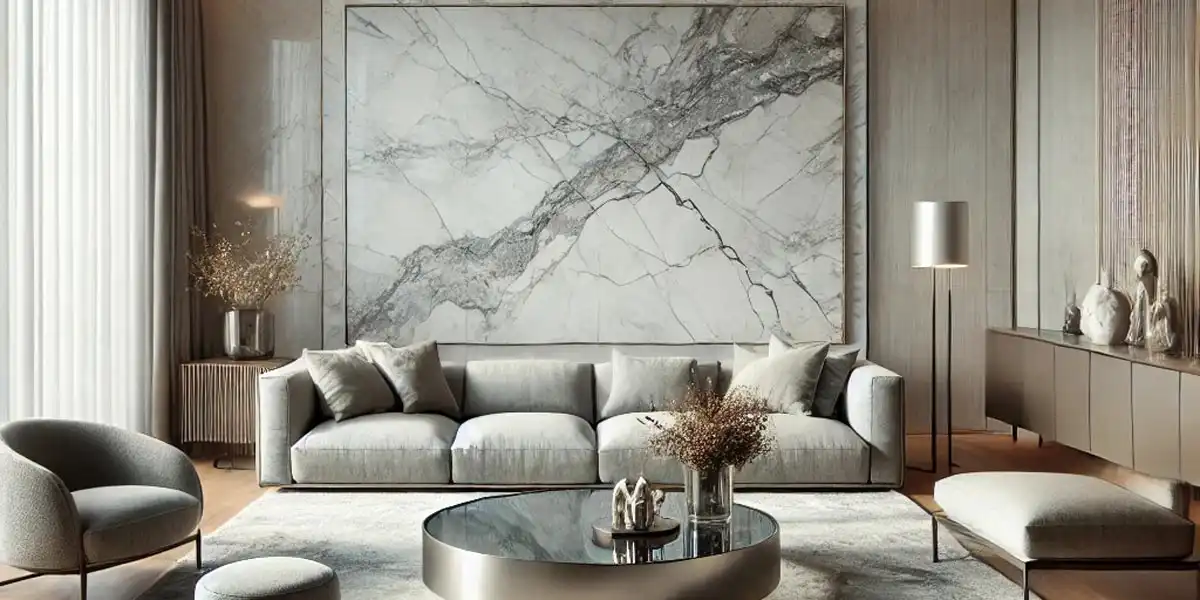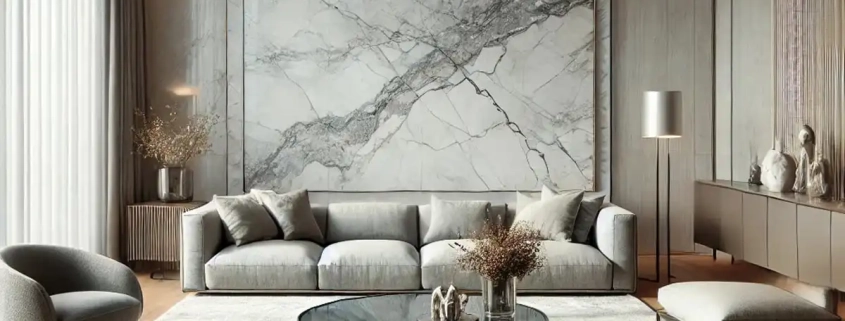Can Decorative Wall Panels Be Used to Hide Electrical Or Plumbing Features?
Can Decorative Wall Panels Be Used to Hide Electrical Or Plumbing Features?

When it comes to deciding on how to go about decorating your walls, you may want to consider using decorative wall panels. These wall coverings are available in a variety of different materials, including faux brick, wood and reclaimed wood. The best thing about them is that they are easy to apply.
Faux brick
Faux brick decorative wall panels are a great way to make your walls more interesting. They’re also relatively easy to install. In addition, they’re a less expensive alternative to real brick.
Before you begin, you’ll want to measure the area you’re working on. Then, use a level to create a plumb line, about 48 inches from the nearest wall. Use a spirit level or a laser level to mark the starting point of the first course of panels.
Once you’ve centered the first panel on the reference line, you can start attaching it. You’ll need a jointing tool for this step, which helps smooth out the joints between bricks. This is especially important for exposed brick, which requires tight seams.
When you’re ready to finish, you’ll need to staple the new panel in place. Make sure you’re working on a level surface, or else you may damage the panels.
The faux bricks on your panels must be consistent. You don’t want them to look like they’re floating around. Also, you’ll want to be consistent with the spacing between bricks.
There are two basic types of faux brick: thin brick and brick veneer. Thin brick is made from the same clay as traditional masonry bricks. Brick veneer is more porous, and it can absorb moisture. However, it’s easier to maintain than brick.
If you’re worried about the potential for damage to your brick panels, you might want to use a construction adhesive to keep them in place. Be sure to use a caulk gun to fill the small gaps between bricks, but avoid applying the adhesive too close to the edge.
Alternatively, you could choose to paint your bricks. A textured paint will hide imperfections and add a unique touch to your wall. But textured paints aren’t always easy to clean, and you’ll need to regularly repaint to maintain their appearance.
Tongue-and-groove
Tongue-and-groove decorative wall panels are a great way to add a unique aesthetic to your home. This type of paneling combines the appearance of shiplap wood paneling with the durability of the tongue and groove method. It can be used on both interior and exterior walls.
Tongue-and-groove panels are available in several different materials. Some are made from wood, while others are synthetic. Regardless of the material, they will add character and warmth to any home.
Tongue-and-groove wall paneling can be painted to match your home’s style. It also offers a tight seal, which prevents moisture from escaping. Installing the material can be a little more complex than using shiplap, though it’s easy enough.
The cost of installing tongue-and-groove panels can range from $4 to $8 per square foot. If you choose to do it yourself, you can save a considerable amount of money. Plus, you’ll have the satisfaction of knowing that you installed your own panels.
When you use tongue-and-groove panels, you’ll be able to create a barn-like, rustic look for your walls. They also add insulation and durability. Using this type of paneling will save you a significant amount of energy during the cold months of the year.
The paneling is available in many different styles and colors. Whether you’re looking for a warm, natural look or a more contemporary feel, you’re sure to find the perfect option.
If you plan to install the tongue-and-groove panels in a room that receives a lot of direct sunlight, you’ll want to choose a paint that will shield the surface from harmful UV rays. There are a variety of paints that will work, but you may also want to consider a clear coat sealer to protect the panels against water.
Whitewashed
Whitewashed decorative wall panels are a great way to cover up any plumbing or electrical features that may have been left unattended. Although these products are not meant to replace your home’s original walls, they do add a bit of class to your interior design. The key is to buy from a reputable provider and select the highest quality product for your project.
There are many kinds of decorative wall panels available on the market. You can opt for traditional wood paneling, or you can choose a more modern alternative such as a faux brick or stone finish. Whether you are looking for a complete overhaul of your home’s aesthetic or simply want to add some character to your abode, you’re sure to find a solution to fit your needs.
Despite the fact that it is not always easy to determine which panel will be the best fit for your home, there are a few simple steps that will ensure your next project is a success. These tips and tricks will allow you to save time, money and frustration.
Reclaimed wood
Reclaimed wood decorative wall panels can add style to any room and they are also an environmentally friendly option. The right choice of wood can help create a dramatic focal point or a more subtle accent wall.
Reclaimed lumber can come from a variety of sources. It can be found in barns, boats, sheds, or commercial buildings. However, the quality and integrity of these materials can vary greatly. If you are not sure where to find these materials, consult a professional.
Reclaimed lumber can be found in a variety of species, sizes, and colors. Depending on the wood’s age, it may have slight imperfections, such as knot holes, or be a bit uneven in thickness.
Typically, these panels are lightweight, non-combustible, and easy to install over a solid substrate. They are available in four different wood grain patterns. In addition to their aesthetic appeal, they are highly durable and require minimal maintenance.
Before installing reclaimed wood decorative wall panels, make sure to prepare the wood for use. You should stain the wood to create a weathered finish. Depending on the type of wood, you may need to sand down the paneling for a smooth finish.
During installation, be sure to leave at least a half-inch gap between each plank. You should also keep the edges of the planks away from each other. This will prevent the seams from closing in.
Whether you choose reclaimed or new, your paneling should be stored in a dry, cool area. Once installed, you’ll need to regularly wipe the paneling with a cloth. Also, be sure to avoid using metallic finishes or a metallic paint.
Choosing the best material for your project can take some time. If you’re not comfortable working with reclaimed wood, a professional carpenter can help you. Alternatively, you can buy salvaged or new wood boards that are already finished and ready to install.
Peel-and-stick decals
Peel and stick decals are the perfect way to add some flair to your walls. They are easy to install and remove, and can be used for virtually any theme. You can even swap out the ones you’ve already got if you’re not satisfied with your current decor.
To get the most out of your new wall sticker, you’ll need to apply it properly. The best way to do this is by following these steps:
First, decide which area of your wall will be the focus of your decor. For example, you could put your accent wall in the bedroom, or in the dining room. Once you’ve made this decision, you’ll need to sand down the surface and remove any dust or dirt. This may seem like a pain, but it’s well worth the effort. After this is complete, apply your decal using a method that suits your personal preferences. Using a spray adhesive is best, as is applying it using a squeegee or sponge.
If you’re a real stickler for detail, you can follow the same procedure on every edge of the decal. In particular, be sure to apply it from the top down and avoid placing it too close to the corner, as it will leave a sticky residue.
It’s also a good idea to use a hairdryer to loosen any stubborn decals. Alternatively, you could purchase a specialty kit. Lastly, be sure to wash off any excess adhesive before you apply your decal. You want to be able to take it off without a major smudge.
A peel and stick decal is a great way to decorate your home without breaking the bank. When shopping, be sure to look for a good quality product that’s available in multiple colors and sizes.




